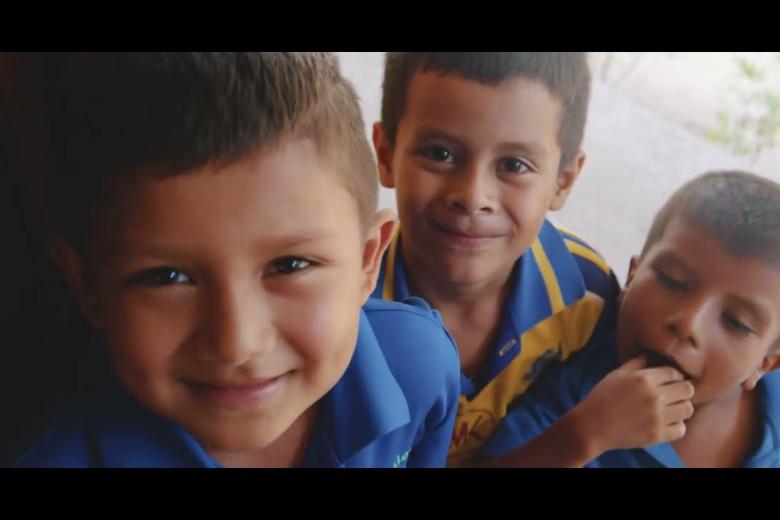Schools of Peace; a New Culture to Eliminate Violence in Latin America and the Caribbean
Latin America and the Caribbean continue to lead the shameful and painful indicator of being the most violent region on the planet. Without an active war, thousands of children and adolescents die from violent causes in our region every year. In Latin America and the Caribbean, being male—between the ages of 10 and 19—multiplies the likelihood of being a victim of homicide by seven compared to females.
In some countries, in addition to age and gender, ethnicity is also a variable that increases the risk of violence for children and adolescents. This is the case in Brazil, where being an Afro-descendant male multiplies the risk of violence by 2.5 times, according to the UNESCO.
As of 2020, the homicide rate among children and adolescents between 0 and 19 years old in LAC was 12.6 per 100,000, a rate four times higher than the global average. In recent years, there is no evidence of a reduction in this trend. In the face of this reality, which does not include deaths caused by other forms of violence against children, it is essential not only to have a solid framework of public policies but also to strengthen national protection systems.
World Vision Honduras implemented the Schools of Peace project in 2023. This model mobilizes students, teachers, and parents to seek peaceful solutions to conflicts and differences. In Honduras, 50% of school-age children (approximately 1,000,000) are out of the school system, with violence being the main cause.
The Schools of Peace, awarded the Innovation Challenge in 2023, equips children, adolescents, parents, and caregivers with tools to identify conflicts, manage and solve them within a framework of respect and safety, and promote respect and peaceful coexistence.
From educational centers, this model seeks to eliminate violent patterns and behaviors such as imposition, physical punishment, bullying, and unequal relationships in daily interactions. Instead, children are empowered about their rights, learn elements of dialogue and negotiation, and receive training to manage differences peacefully.
In its first year, World Vision's Schools of Peace reached 4,749 children, 208 teachers, and 1,250 parents and caregivers in 60 educational communities. The model, rooted in the community, has successfully mobilized partners from the development sector, local non-governmental organizations, academia, and faith-based grassroots organizations.
In the face of violence that threatens the human capital of our region, World Vision promotes a model that seeks to reduce and eliminate violence, thereby promoting the enrollment and retention of children in the school system.
An educated, empowered population capable of managing conflicts and differences contributes to the aspiration of stronger human capital with soft and relational skills, in addition to their academic training, and ultimately contributes, from the classrooms, to addressing the root causes of poverty and insecurity in our countries.
Mishelle Mitchell Bernard, Regional Director of External Engagement and Advocacy, WVLACR
